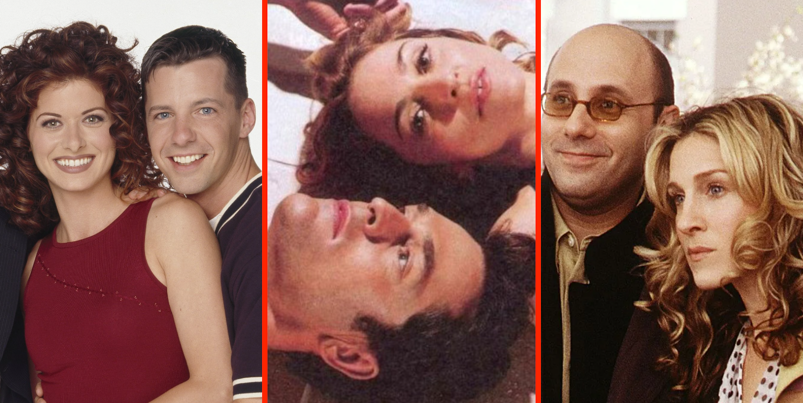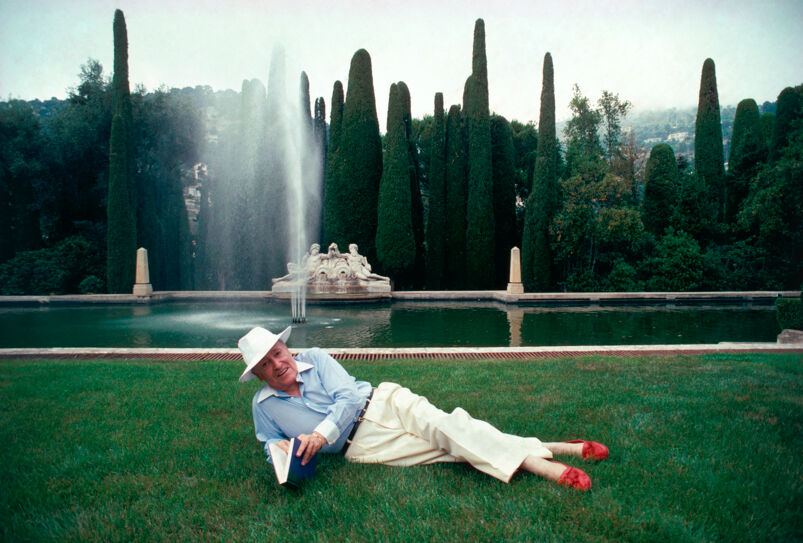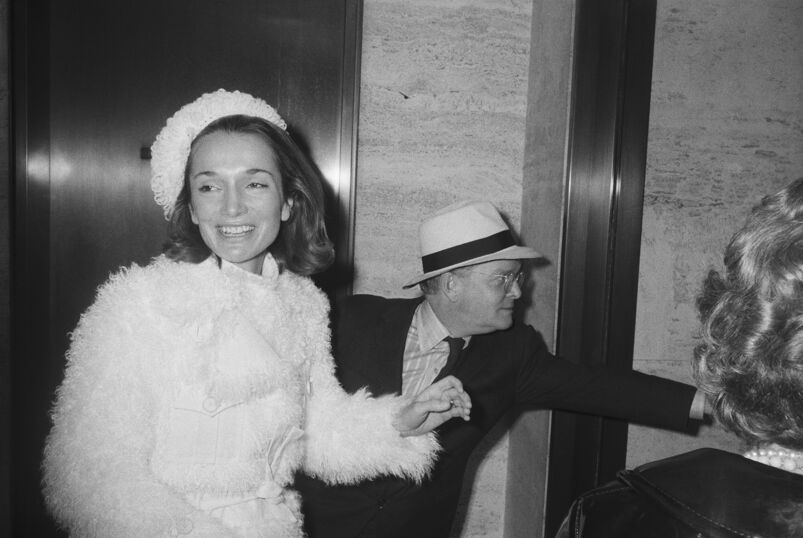
Before there was “Will & Grace,” or GBFs saving romcom heroines from fashion disasters and terrible boyfriends, there was another iconic trope in gay culture: the “walker.”
As the name suggests, these suave gentlemen were seen sashaying arm-in-arm with the socialites of yesteryear, dazzling society and setting tongues wagging. They were the original gay sidekicks, like a prequel to today’s GBFs. Now, let’s stride into the rich history of these social pioneers…
Walkers were a product of their era
Walkers were a product of social norms and a media fascination with high-society women, especially those that lived in New York. It was frowned upon for women to hit the town and attend events solo, but their husbands were all too often otherwise occupied or simply didn’t want to go. Walkers stepped in as social companions and satiated their female companions’ endless fervor for gossip.
If you lacked an eye for style (or scandal), you might view a walker as just a debonair gent, playing the charming escort. But those in the know understood better. “Walkers”–a term coined by John Fairchild, former Editor in Chief of Women’s Wear Daily in reference to Jerry Zipkin–were dashing confidantes who often stole the limelight with their panache.

Zipkin’s most famous female friend was Nancy Reagan. Although he was always ready to escort a high society woman, the first lady brought a level of prestige no one else did. Zipkin acted as more than a companion. He also gave (sometimes unsolicited) style and beauty advice and served as a keeper of sorts. Anyone who wanted to get close to Nancy at places like Le Cirque or Mortimer’s had to pass Jerry’s approval first.
Zipkin might be the self-proclaimed original, but he certainly wasn’t the only walker. Acclaimed writer Truman Capote was not just handy with a pen but was quite the social swan himself. He could often be seen gracing parties and social events, arm in arm with the likes of Gloria Vanderbilt or Babe Paley. In fact, it’s said that Capote’s infamous Black and White Ball was inspired by these high society friendships. With Truman on their arm, these women were more than just socialites, they were his “swans.”
His favorite swan was Jackie Onassis. Capote wasn’t just a sophisticated escort, but a glittering jewel on Jackie’s arm. The two shared a bond that was as mesmerizing as it was complex and was always good for a little gossip. Rumor has it that Capote was a walking treasure trove of secrets, and his relationship with Jackie was sprinkled with just as many twists and turns. Their friendship was like a glamour-packed episode of “Real Housewives,” brimming with drama and fabulousness. They were each other’s strength, sounding board, and occasionally, the thorn in each other’s side.

For walkers, aside from the social clout of being staples in social circles of people with last names like Vanderbilt, Reagan, and Onassis, there were two main benefits. First, they were able to hobnob with other gay men accompany high-society women and develop a social network of other well-connected men in similar positions. Second, being in such a hallowed inner circle meant being showered in gifts – by companies and their female companions.
The end of the walker era
In a Vanity Fair story about the supposed end of the walker era, fashion executive Boaz Mazor said that he’d get deliveries of caviar that showed up randomly at his house, and he heard stories of walkers being taken by to high-end designer stores.
Vanity Fair’s ode to the dying art of getting a queer man to accompany a woman to events is hardly a portrait of reality. Walkers still exist, although their cultural importance has taken new form. Occasionally, one will emerge to take headlines by storm, such as George Mickum, a.k.a. the Birkin Bandit who recently conned a bunch of New York socialites with fake Birkins, but the term no longer has the thrill it once used to.
The entertainment world has remained fascinated by socialites, though. But rather than glamorous women dripping in jewels, the 2000s brought us the Hilton Sisters in rhinestoned Juicy Couture (RIP), the Kardashians in various types of stretchy material, and a plethora of Real Housewives franchises where every woman has a wine glass in hand.
The trope of the “gay best friend” also sprung into the cultural ethos as an evolution of Walkers with characters like Stanford Blatch in “Sex and the City,” Damian in “Mean Girls,” and of course Will Truman in “Will and Grace.” These characters took the innate sense of style and sharp wit of walkers and repackaged it for a modern audience, often providing much-needed emotional support to the leading lady while also delivering a perfectly-timed zinger.



















abfab
Hide your eyes, gay conservative right wing assholes……we have yet one more word for you to wrap your tiny little brains around…..The Walker!
Terry
Do you ever post anything positive or humorous? 🙂 Just negative nelly comments, like a cliched b*t by queen from a bad 90s movie?
abfab
Another GOPTROLL. Are you too precious to spell out bitch?
greekboy
Walkers were a “thing” in Palm Beach for decades. Hubbys were in NY making gobs of money and only coming to PB occasionally during the season. Professional walkers supported themselves by accompanying rich bitches, cause no woman could possibly attend an event unescorted. Walkers were considered servants and stood around doing nothing and were rarely involved in any convo. In others words they were paid man whores without the sex. Ok, there was a lot of hooking up among the walkers
abfab
Walkers are HUGE all over that state…..groan…..
Louis
Alas, a Google search to see whether “walkers” exist(ed) in the UK is difficult.
1. It mainly wants to show results for groups of men who go walking/hiking
2. It brings up Walkers crisps (Lays in America)
If anyone knows their LGBTQ+ UK history and can tell me of any UK “walkers”, I’d be grateful.
Thank you kindly.
abfab
John Cleese.
cc423
Oh don’t be silly abfab!
abfab
BUT I DON’T LIKE SPAM!!!!!!!!!!!!!!!!!!!
Tombear
Damn, a bunch of bitches on Queerty! Take a chill pill ladies!